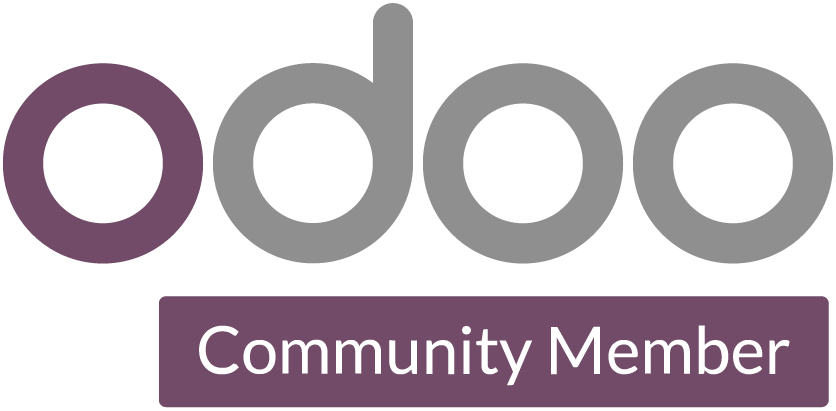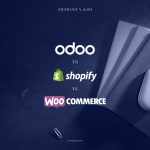In the world of design, the journey from concept to execution can often feel daunting. However, embracing the principle of “Pencils Before Pixels” can revolutionize how we approach the design process. This is the significance of starting with low-fidelity, analog tools, the importance of fast feedback through high-fidelity prototypes, and how to create meaningful connections within your organization to enhance collaboration and creativity.
Table of Contents
- Understanding “Pencils Before Pixels”
- What It Means
- Benefits of Low-Fidelity Tools
- The Iterative Design Process
- From Sketching to Prototyping
- Importance of Fast Feedback
- Building Social Capital in Design
- Engaging Stakeholders
- Creating a Collaborative Environment
1. Understanding “Pencils Before Pixels”
What It Means
The phrase “Pencils Before Pixels” emphasizes the importance of beginning the design process with analog tools, such as pencils, paper, sticky notes, and whiteboards, before transitioning to digital platforms. This approach encourages designers to think divergently, exploring a multitude of ideas without the constraints of digital tools.
Benefits of Low-Fidelity Tools
Using low-fidelity tools offers several advantages:
- Freedom to Explore: Designers can brainstorm and sketch ideas quickly without the pressure of perfection.
- Enhanced Communication: Rough sketches provide a tangible representation of concepts, making it easier for teams and stakeholders to understand and discuss ideas.
- Iterative Flexibility: The simplicity of analog tools allows for rapid iteration, giving designers the freedom to pivot and refine ideas on the fly.
2. The Iterative Design Process
From Sketching to Prototyping
Once a variety of ideas have been explored through sketching, the next step is to create high-fidelity prototypes. Tools like InVision, Marvel, and Figma facilitate this transition, allowing designers to create interactive models that closely resemble the final product.
The Role of High-Fidelity Prototypes
High-fidelity prototypes are essential for:
- User Testing: By placing prototypes in the hands of users early in the design process, designers can gather valuable feedback.
- Identifying Issues: Fast feedback helps spot usability issues and design flaws, enabling teams to make necessary adjustments before finalizing the product.
Importance of Fast Feedback
Fast feedback is crucial for successful product design. Iterating through design, prototyping, testing, and repeating allows teams to align their products with user needs and preferences. Just as a chef tastes her dish at each step, designers must continuously test and refine their creations to ensure they meet the desired standards.
3. Building Social Capital in Design
Engaging Stakeholders
As companies grow, the design process can become isolated, leading to miscommunication between designers and stakeholders. To combat this, designers must actively engage with their colleagues across the organization.
Strategies for Building Social Capital
- Share Designs Early: Presenting concepts early in the process invites feedback and fosters collaboration.
- Network Across Teams: Building relationships with different departments creates a more cohesive understanding of the design process.
Creating a Collaborative Environment
Designers can enhance their visibility and value within the organization by:
- Setting Up Design Reviews: Regular reviews provide a platform for feedback and discussion.
- Soliciting Input: Inviting stakeholders to share their insights can lead to better design outcomes and strengthen company culture.
**
In summary, the principle of “Pencils Before Pixels” is not just a methodology; it’s a mindset that fosters creativity, collaboration, and innovation. By beginning with analog tools, designers can explore a wide array of ideas, develop high-fidelity prototypes for fast feedback, and build social capital within their organization. This holistic approach ultimately leads to stronger, more user-centered products that resonate with audiences.



















